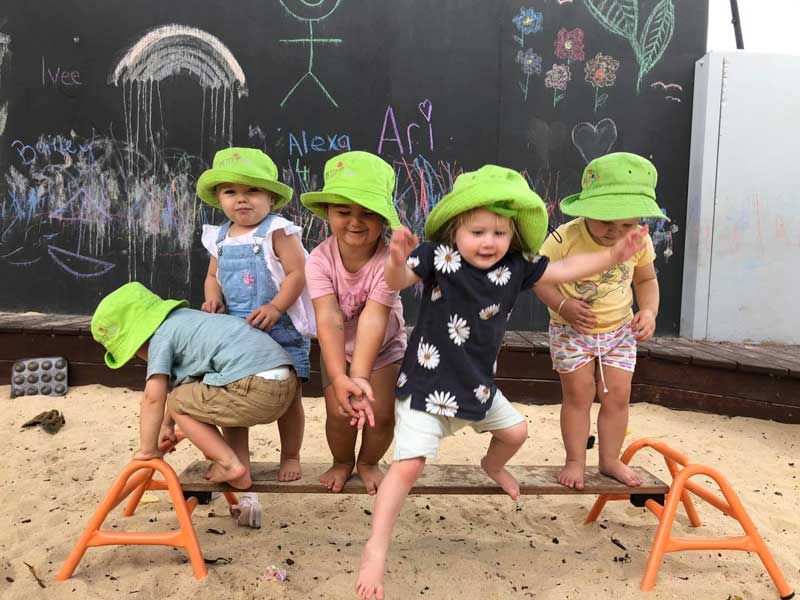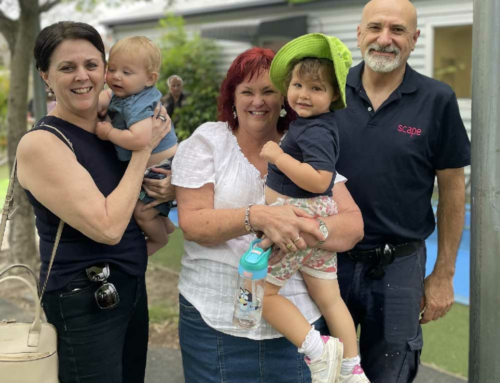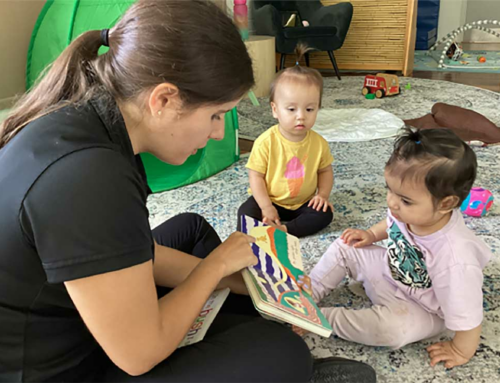Cloth nappies in Australia are not like they used to be. Once, you needed special folding skills for nappies. Now modern cloth and disposable nappies are made in different styles, layers, sizes, folds and fabrics. And there is a growing trend for more cloth in our lives.
When comparing nappies vs disposable, the most significant differences and considerations depend on time, cost, convenience and quality. Some families choose to use a combination of different nappy types.
We list the pros and cons of both types of nappies to assist families in exploring their options. Read on to learn:
- How reusable cloth nappies have changed
- Environmentally friendly nappies
- How many cloth nappies will you need?
- How many disposable nappies will you need?
- Cloth nappy types
- Which choice is best for you?
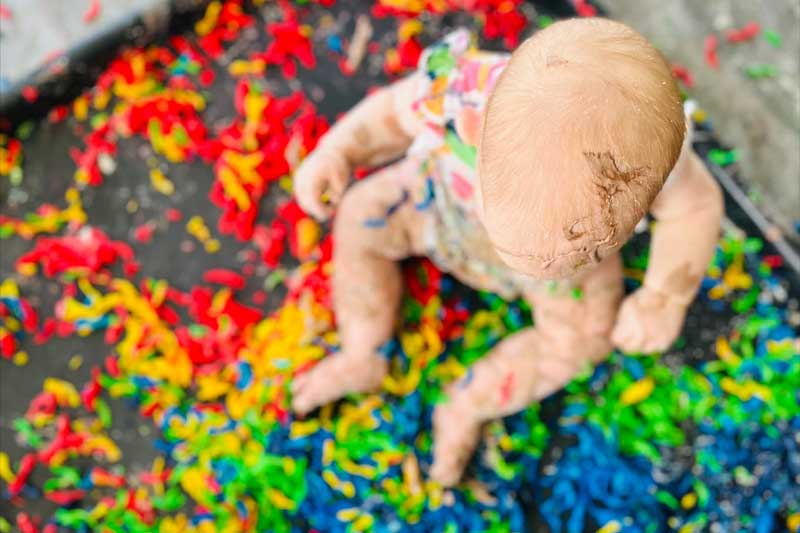
The history of cloth nappies in Australia
Until the 1960s when disposable nappies went on sale in Australia for the first time, parents used square foldable cloth nappies (or diapers in American English). However, the price and quality of the throw-away nappy were not popular with the Australian public until the 1990s when Kimberly-Clark launched Pampers.
By 2007, research by the CSIRO indicated that Australian families were throwing away over 1 billion used nappies a year. In 2015, the Australian Broadcasting Commission (ABC) reported this figure doubling, with 5.6 million single-use nappies being thrown away daily.
In recent years, sources like the ABC have indicated a rise in cloth nappies thanks to social media influencers. While members of the Australian Nappy Association (ANA) have suggested social media as a traffic source accounts for 10%-20% of sales.
Nappies have significantly changed in the last few decades with baby cloth nappies evolving to resemble the shape of disposables. Stretchable nappy fasteners, buttons, eye holes or Velcro have also replaced the safety pin. The traditional ways still exist, but now families have more choices.
And while some parents still prefer disposables, many families choose to use cloth because they want to be environmentally aware. In a 2019 survey by the ANA, 63.7% of 2,453 respondents indicated environmental reasons for choosing cloth nappies.
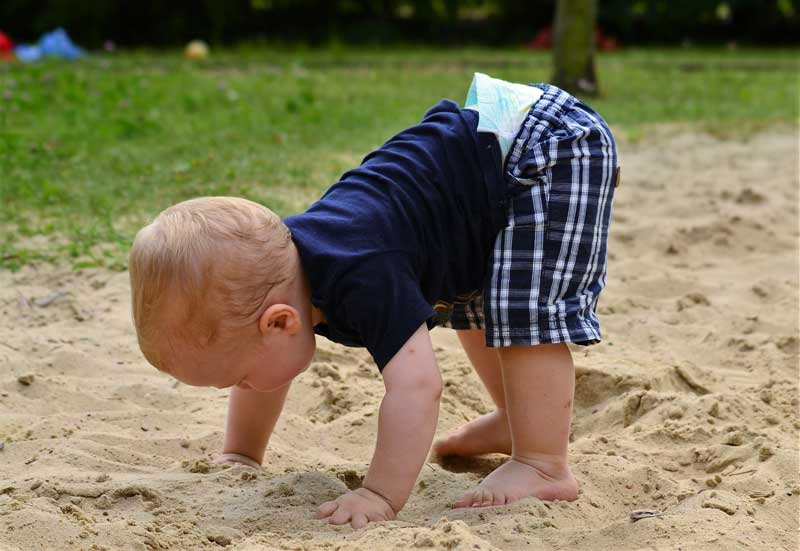
Nappies and the environment: Cloth vs disposable
There is much debate over which type – disposable or reusable nappies – is more environmentally friendly.
A 2008 science report by the Environment Agency for England and Wales in the UK revealed the carbon footprint of disposable vs reusable cloth nappies might be closer than previously envisioned.
The impact of cloth nappies on the environment depends on the materials used to make them. Washing nappies also uses additional water and electricity and differs depending on the appliances. Other considerations include how they are dried and whether they are reused for other children.
Cloth nappies are generally considered an eco-friendly alternative to throwaways. They’re usually made from natural fibres, use fewer chemicals and are easy to clean and reuse.
On the other hand, most disposables use petroleum-based plastic and are thrown away after just one use. The most significant environmental challenge with the one-use nappy is the plastics used in the materials. These synthetics can take up to 500 years to decompose in landfill.
Choice.com.au reports eco-friendly disposable nappies, promoting the use of biodegradable materials, can still take around 150 years to break down in landfill. Instead of going from waste to landfill, these materials should be disposed of through a commercial composting factory.
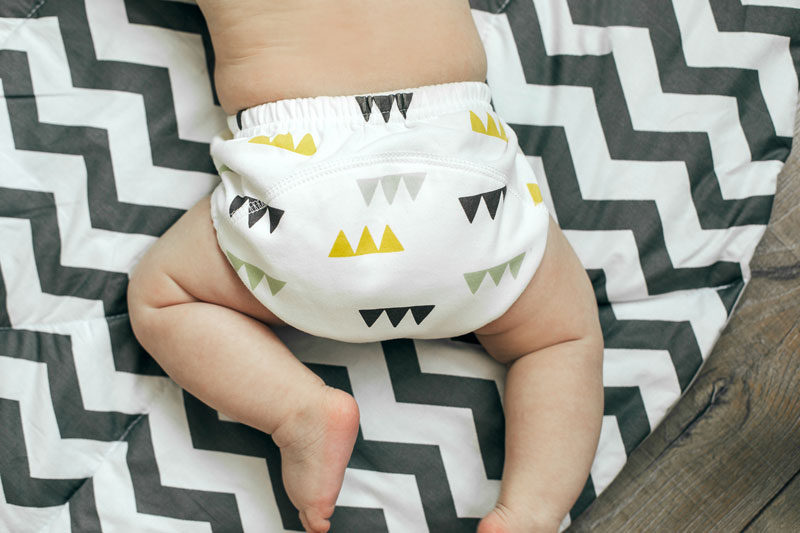
Cloth nappies for newborns: How many cloth nappies will you need?
Babies go through a lot of nappies. They are born with different sizing and weights and what works for one child may not work for another. Every baby develops differently. Discovering which nappies work for you and how many you need reduces stress.
When purchasing washable nappies, you can determine how many you need based on their type, use, washing and drying routines. You will also need to buy some extra nappies as a backup.
A newborn baby uses around 6 modern cloth nappies a day when used full time. So if you’re washing every three days, you will need about 22 to 28 cloth nappies to get you and your baby from one wash day to the next, with a few to spare for emergencies.
When planning to only use baby cloth nappies, buy enough to last until your baby reaches toilet training age (anywhere from around 18 months to 3 years of age). However, some families start with fewer cloth nappies trying different types to see what works best.
The initial outlay for cloth nappies is much more than disposables. There are many different types available, and if sustainability is a major reason for your purchase, you will want locally sourced nappies.
Washables are available to purchase at major retailers. However, some families prefer to buy local homemade brands online or at community markets. The cost of cloth nappies start around $10 for one and up to around $35.00 for a quality reusable nappy, so the initial outlay can be expensive.
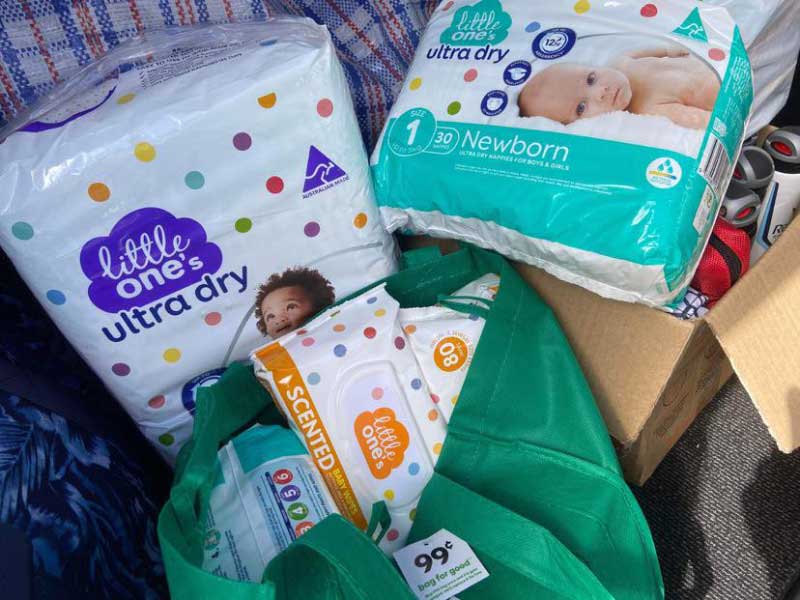
How many disposable nappies will you need?
Disposables come in a range of sizes depending on the child’s weight and age. A newborn baby will go through around 12 disposable nappies a day. This will reduce to about 7 a day as a toddler. From birth to toilet training, a child may use around 6,500 single use nappies.
There are also different brands of single use nappies, including eco-friendly ones, and some families prefer to try different brands to find the the one that suits their child and budget best.
When purchasing disposables, brands package these in different sizes and quantities. A pack of 160 single-use nappies can cost around $50. When averaged to 12 a day, they may last just short of two weeks. Bulk purchases can reduce the purchase price.
Regular disposables can be less expensive at the start than their cloth alternative. However, in the long run, they are generally more costly and take hundreds of years to break down in landfill.
Some families prefer to use a combination of reusables and disposables. It often comes down to a family’s budget and how much time you have to spend on washing and drying.
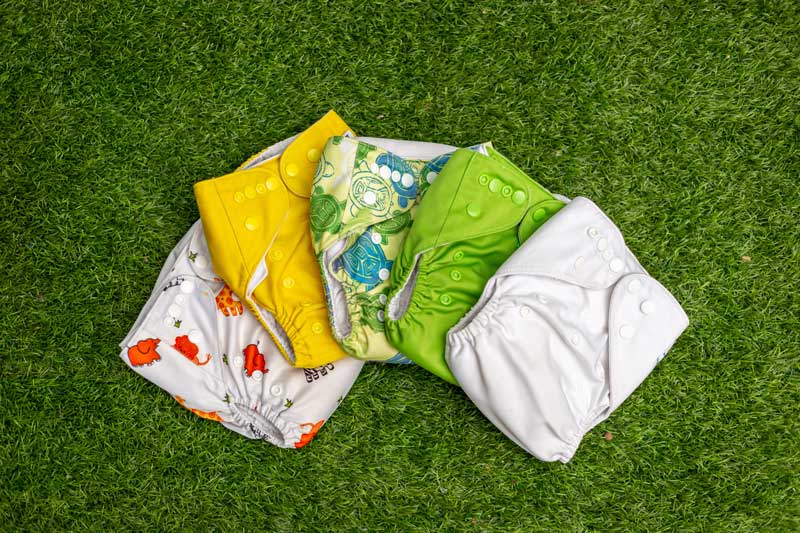
Cloth nappy types
Buying nappies for your first child can be confusing as many different types of cloth nappies for newborns exist. Below we describe the different types of cloth nappies you may come across, how they work and their benefits.
There are no industry standards for the manufacture of cloth nappies in Australia. Some washables are made of cotton, bamboo, hemp and synthetic fibres. Modern reusables may also require addons or accessories such as nappy inserts, liners and boosters to help with absorbency.
Nappy liners can be disposable or cloth and be made from natural fibres or synthetic. Some cloth nappies come with their own liners and boosters, while others are sold separately.
6 types of modern washable nappies:
- Terry towelling or cloth squares: These traditional folded squares are secured with nappy fasteners (replacing large nappy pins). Terry towelling is absorbent, versatile and reusable. Your confidence with folding will grow the more you use them.
- Pre-fold nappies: Pre-folds are multi-layered nappies. They are often made of cotton and come already folded and sewn in place, so you don’t have to worry about complicated folds. They usually have a thicker middle panel for increased absorbance and are secured with nappy fasteners.
- Fitted or shaped nappies: A fitted nappy looks like a disposable nappy. It can be made with natural fibres, synthetic or a combination of materials. The entire nappy is absorbent, and it requires a leak-proof covering.
- All-in-one nappy (AI1): These convenient and easy to use pull-up style nappy combine the absorbent inner layer with an outer waterproof layer. They do away with needing an additional separate layer but take longer to dry.
- All-in-two cloth nappy (AI2 or snap-in-ones): All-in-twos come with a leak-proof cover and a snap-in inner absorbent layer. The covers can be used a few times before washing, so long as they are not soiled.
- Pocket nappies (two-part nappies): Pocket-style nappies are a modern style of reusable nappy. They have an outer waterproof layer and an inner layer sewn together. The inner layer of the pocket style is folded to create an area for an absorbent insert. Disposable liners must be removed before washing.

How do you choose between cloth and disposable nappies?
What type and brand of nappy you choose is a personal choice based around convenience, price, and what works for you and baby.
We recommend trying different types of nappies during your baby’s first few months as the material used in some nappies may trap more moisture than others, leading to nappy rash and a not-so-happy baby.
Some families go all out when purchasing baby stuff stocking up on reusables. Others will try a few at a time, building up their baby’s wardrobe. Then, some parents prefer a combination of modern cloth and disposable favouring the latter for night nappies. And busy families who may not have time to wash every few days may prefer single use.
When deciding what to use, work out your budget, time available and what makes you and your baby happy.

Give your child the best start in life with Petit Early learning Journey
When it comes to your baby, Petit ELJ always puts children first. Your child will have the best start in life with our purpose-built centres, quality education programs and educators who genuinely care about the relationships they form with your child and your family.
Our early childhood education and care services empower families as decision-makers and partners. We invite you to visit your nearest centre and talk to your Centre Director to learn more about the curriculum and the support we provide to children.
